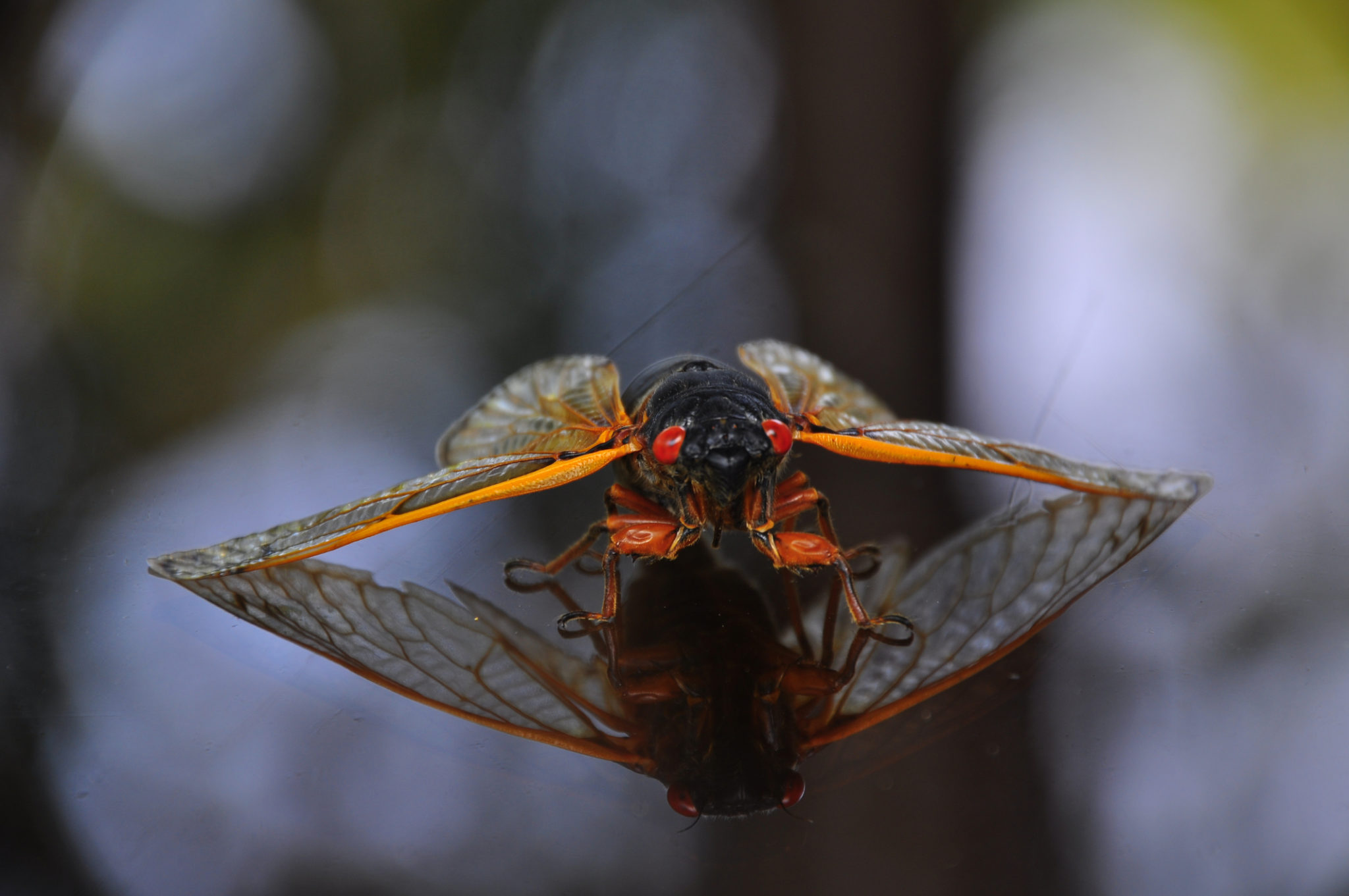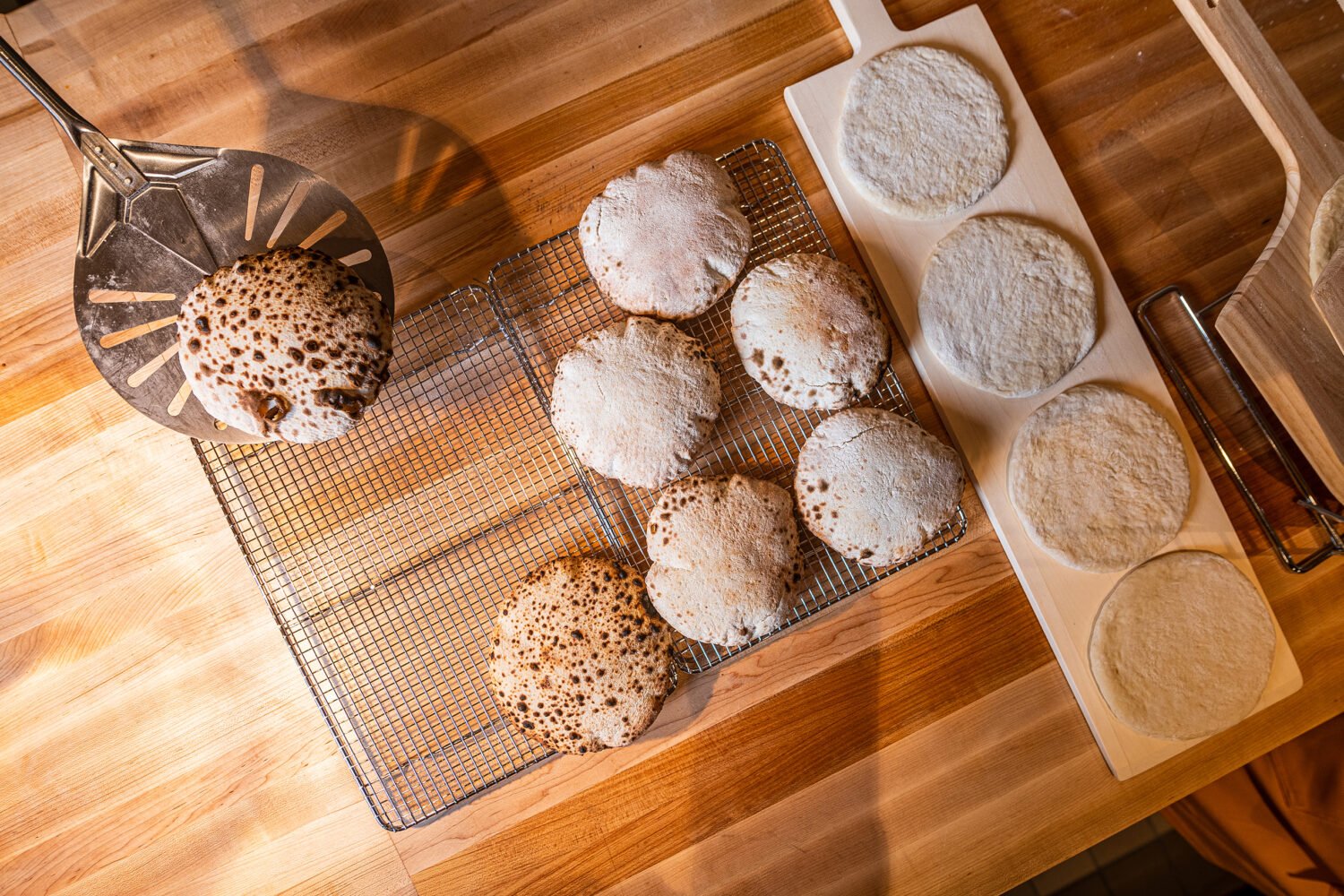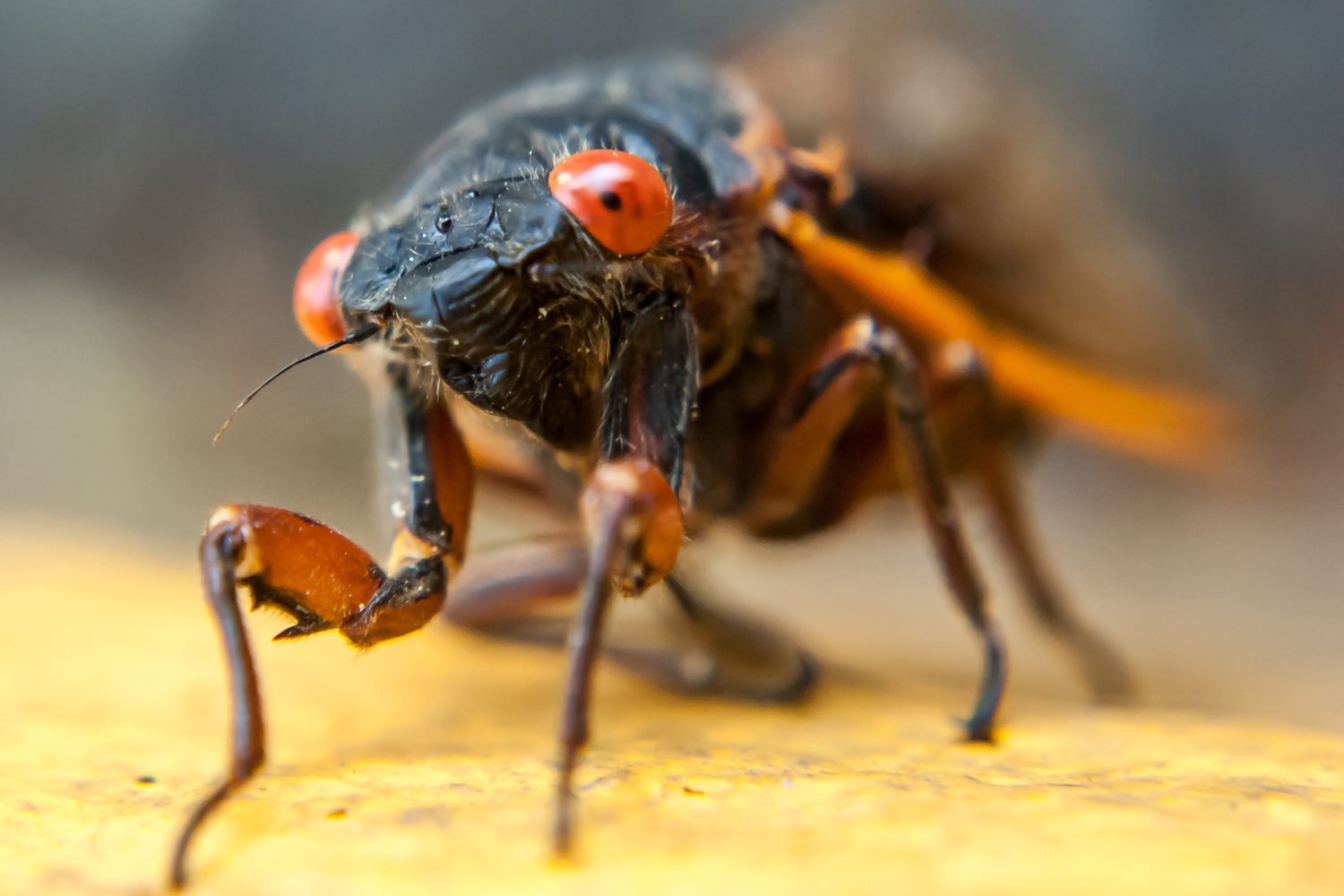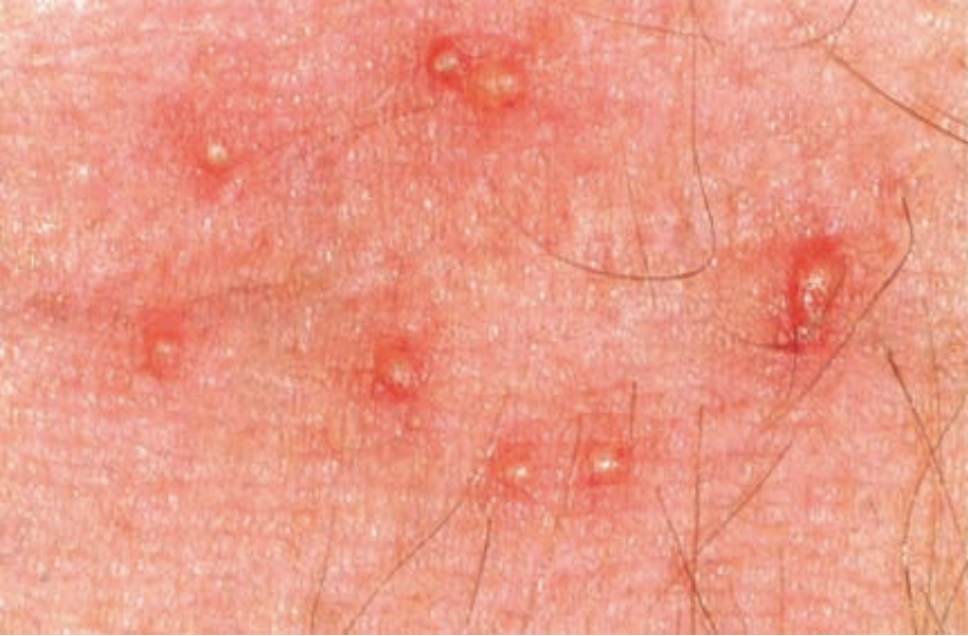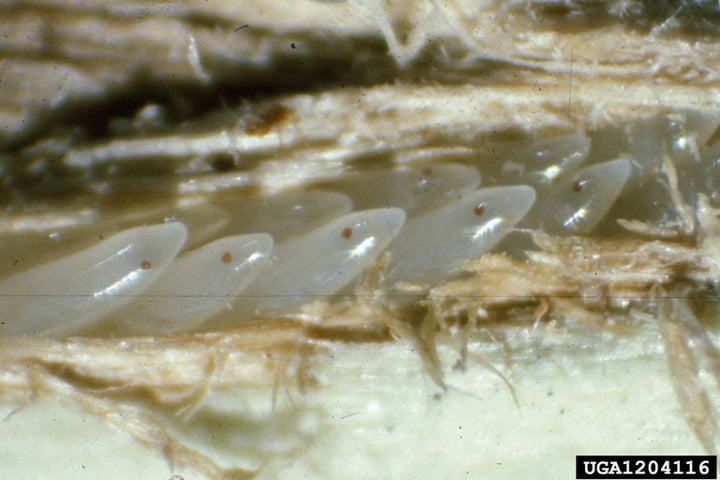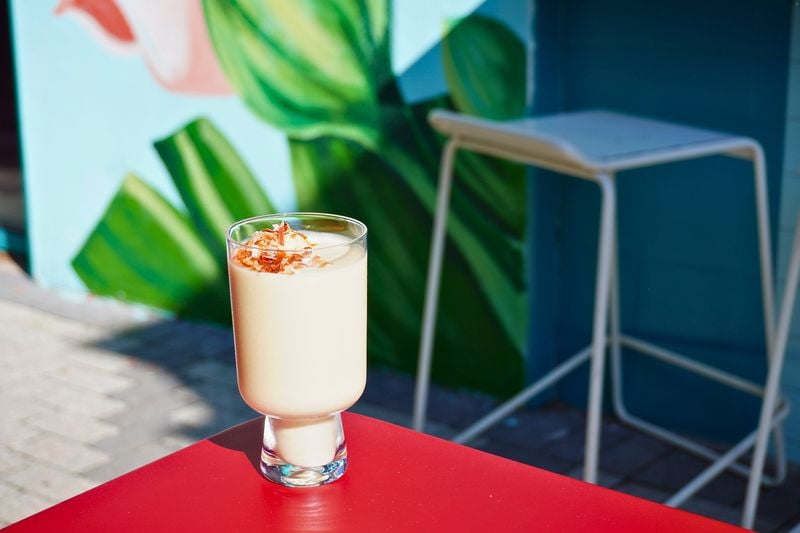Imagine you’re trying whole shrimp or lobster for the first time—pretty scary looking, but their sweet meat is worth it. Some people say the experience of eating cicadas is the same, right on down to the crustacean-like taste. Perhaps it’s a silver lining to the forthcoming plague: a gazillion Brood X cicadas that are projected to emerge from their 17 year underground hibernation in May.
“Cicadas are actually related to shrimp and lobster and are eaten in many cultures around the world,” says Iulian Fortu, a trained chef and founder of local foraging company Arcadia Venture. “You don’t get the seafood flavor, but you do get that sweetness.”
If tuna is chicken of the sea, why can’t cicadas be shrimp of the sky? “There’s some hesitation in our culture of not wanting to eat them, but they’re very good for you,” says Fortu (minus, perhaps, their ear-splitting noise). “They’re full of nutrients, iron, protein, and are low fat.”
A low-fat cicada diet seems like the perfect, somewhat hellish antidote to our pandemic winter bods. If you’re ready to go Ciketo, Fortu has some tips:
Get them early
Like veal, cicada nymphs will be most tender when they’re new to the world. And unlike veal, they look like cream-colored mini-monsters with red eyes—no problem killing those! “They come out [from the ground] all at once and usually within the first few days is the best time to harvest,” says Fortu. “They don’t have their wings yet, and they’re softer.” Wings mean harder to catch, less fun to eat. Better to harvest the bugs early while they’re still clinging to trees. “Later they become more crunchy, which some people don’t like,” says Fortu.
Clean, clean, clean
Anything that’s been underground since the Bush administration is bound to get a little dirty, at best—infused with toxins, at worst. “You have to be careful when you harvest them because they’re susceptible to pick up chemicals. You don’t want to pick them up from places that have been sprayed,” says Fortu. He recommends green, open spaces like parks or pesticide-free yards. Also, don’t eat tooo many. “Like shellfish, they do accumulate mercury,” Fortu warns.
The best way to clean them? Blanch them in boiling water for a few minutes, which will kill the bugs and any bugs on the bugs.
Cicada dumpling time!
So now you have a bunch of blanched sky shrimp. What’s next? Fortu recommends grinding them with spices and scallions for dumplings, like you would normal shrimp. Or you can try a similar method to Mexican chapulines (aka crickets) and crisp them up in a pan with spices for a crunchy snack or taco filling. Or who knows—try buttering them up for a Connecticut-style cicada roll.

